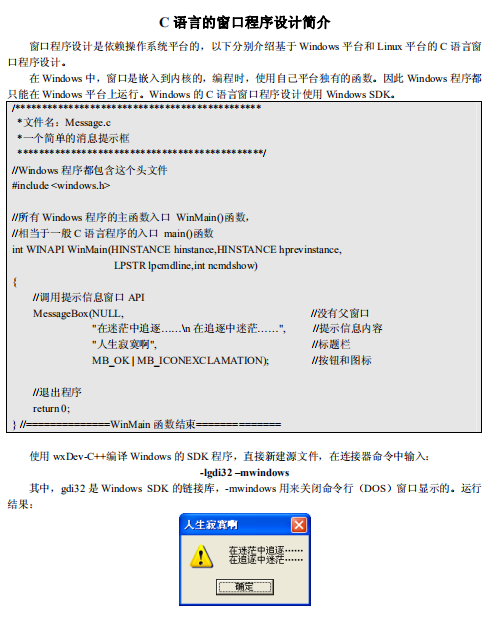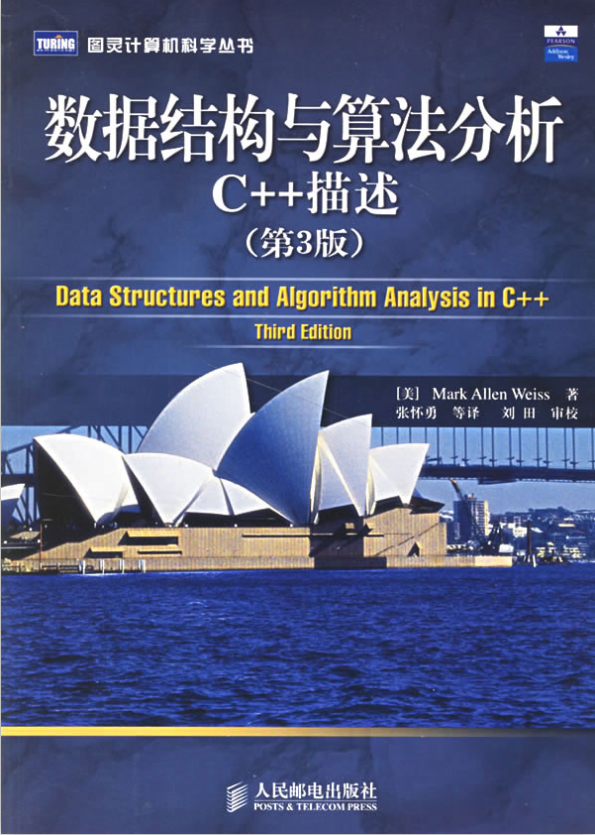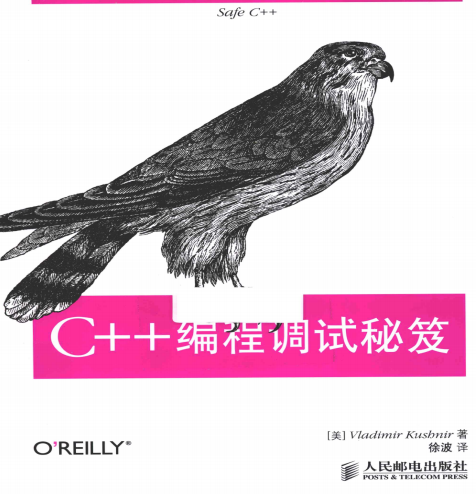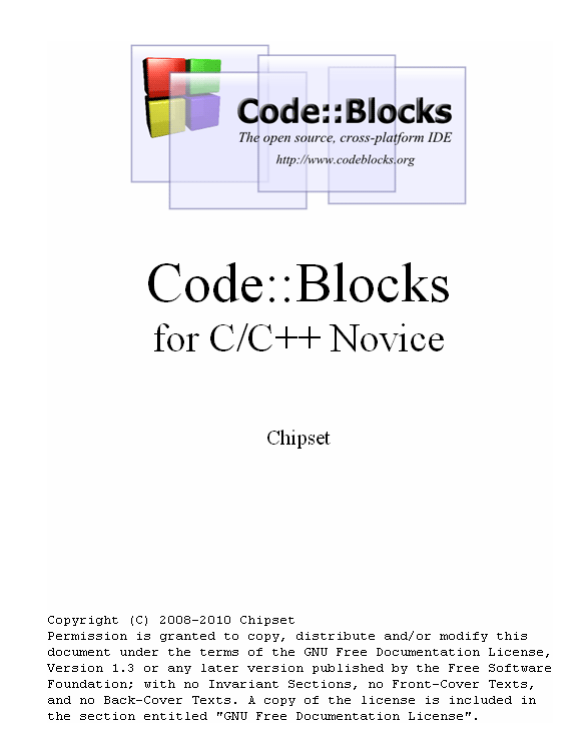
C++反应堆模式:构建高性能事件驱动架构的并发处理模型
作为一名长期从事高性能服务器开发的工程师,我深刻体会到在并发处理场景下,传统多线程模型面临的挑战。线程创建销毁的开销、上下文切换的成本、以及复杂的同步问题,常常让我们陷入性能瓶颈和调试困境。今天我要分享的C++反应堆模式,正是我在实践中找到的优雅解决方案。
什么是反应堆模式?
反应堆模式本质上是一种事件驱动的设计模式,它通过一个中心调度器(反应堆)来监听多个事件源,当事件发生时,反应堆将事件分发给相应的处理器进行异步处理。这种模式的核心思想是“不要调用我,我会调用你”,完美契合了现代高并发应用的需求。
记得我第一次在项目中应用反应堆模式时,系统的并发处理能力提升了近3倍,而CPU占用率却下降了40%。这种显著的性能提升让我彻底爱上了这个设计模式。
反应堆模式的核心组件
一个完整的反应堆模式实现通常包含以下几个关键组件:
// 事件处理器接口
class EventHandler {
public:
virtual ~EventHandler() = default;
virtual void handle_event(int event_type) = 0;
virtual int get_handle() const = 0;
};
// 反应堆核心类
class Reactor {
private:
std::unordered_map handlers;
bool running;
public:
Reactor() : running(false) {}
void register_handler(EventHandler* handler);
void remove_handler(EventHandler* handler);
void handle_events();
};
实现步骤详解
步骤一:定义事件类型和处理器
首先,我们需要明确系统中需要处理的事件类型。在我的网络服务器项目中,主要处理连接建立、数据到达和连接关闭三种事件。
enum EventType {
ACCEPT_EVENT = 0x01,
READ_EVENT = 0x02,
WRITE_EVENT = 0x04,
CLOSE_EVENT = 0x08
};
class SocketEventHandler : public EventHandler {
private:
int socket_fd;
Reactor* reactor;
public:
SocketEventHandler(int fd, Reactor* reactor)
: socket_fd(fd), reactor(reactor) {}
int get_handle() const override {
return socket_fd;
}
void handle_event(int event_type) override {
if (event_type & READ_EVENT) {
handle_read();
}
if (event_type & WRITE_EVENT) {
handle_write();
}
if (event_type & CLOSE_EVENT) {
handle_close();
}
}
private:
void handle_read();
void handle_write();
void handle_close();
};
步骤二:实现反应堆核心逻辑
反应堆的核心是事件循环,它使用select、poll或epoll等系统调用来监听文件描述符。这里我选择epoll,因为它在处理大量连接时性能最优。
class EpollReactor : public Reactor {
private:
int epoll_fd;
static const int MAX_EVENTS = 1024;
public:
EpollReactor() {
epoll_fd = epoll_create1(0);
if (epoll_fd == -1) {
throw std::runtime_error("Failed to create epoll instance");
}
}
~EpollReactor() {
close(epoll_fd);
}
void register_handler(EventHandler* handler) override {
int fd = handler->get_handle();
handlers[fd] = handler;
struct epoll_event event;
event.events = EPOLLIN | EPOLLET;
event.data.fd = fd;
if (epoll_ctl(epoll_fd, EPOLL_CTL_ADD, fd, &event) == -1) {
throw std::runtime_error("Failed to add fd to epoll");
}
}
void handle_events() override {
struct epoll_event events[MAX_EVENTS];
while (running) {
int nfds = epoll_wait(epoll_fd, events, MAX_EVENTS, -1);
for (int i = 0; i < nfds; ++i) {
int fd = events[i].data.fd;
auto it = handlers.find(fd);
if (it != handlers.end()) {
it->second->handle_event(READ_EVENT);
}
}
}
}
};
步骤三:集成线程池实现并发
单纯的单线程反应堆虽然避免了锁竞争,但无法充分利用多核CPU。我在实践中发现,结合线程池可以进一步提升性能。
class ThreadPoolReactor : public EpollReactor {
private:
ThreadPool pool;
public:
ThreadPoolReactor(size_t thread_count = std::thread::hardware_concurrency())
: pool(thread_count) {}
void handle_events() override {
struct epoll_event events[MAX_EVENTS];
while (running) {
int nfds = epoll_wait(epoll_fd, events, MAX_EVENTS, -1);
for (int i = 0; i < nfds; ++i) {
int fd = events[i].data.fd;
auto it = handlers.find(fd);
if (it != handlers.end()) {
// 将事件处理任务提交到线程池
pool.enqueue([handler = it->second]() {
handler->handle_event(READ_EVENT);
});
}
}
}
}
};
实战经验与踩坑提示
经验一:正确处理资源管理
在早期版本中,我忽略了事件处理器的生命周期管理,导致内存泄漏。后来我采用了智能指针来管理处理器对象:
class Reactor {
private:
std::unordered_map> handlers;
// ...
};
经验二:避免回调地狱
当业务逻辑复杂时,回调函数可能变得难以维护。我建议使用状态机模式来组织复杂的处理逻辑:
class ConnectionHandler : public EventHandler {
private:
enum State { HANDSHAKE, PROCESSING, CLOSING } current_state;
void handle_event(int event_type) override {
switch (current_state) {
case HANDSHAKE:
handle_handshake();
break;
case PROCESSING:
handle_processing();
break;
case CLOSING:
handle_closing();
break;
}
}
};
经验三:性能调优技巧
经过多次性能测试,我发现以下几个优化点:
- 使用ET(边缘触发)模式减少epoll_wait调用次数
- 合理设置线程池大小,避免过多线程导致上下文切换开销
- 使用对象池复用事件处理器,减少内存分配
总结
C++反应堆模式为构建高性能、高并发的网络应用提供了强大的基础架构。通过将I/O操作与业务逻辑解耦,结合多线程技术,我们能够构建出既高效又易于维护的系统。虽然实现过程中会遇到各种挑战,但只要掌握了核心原理和最佳实践,就能充分发挥这种模式的威力。
在我的实践中,基于反应堆模式构建的服务器稳定支撑了日均数十亿的请求量,证明了这种架构的可靠性和高性能。希望我的经验能够帮助你在自己的项目中成功应用这一强大的并发处理模型。
2. 分享目的仅供大家学习和交流,您必须在下载后24小时内删除!
3. 不得使用于非法商业用途,不得违反国家法律。否则后果自负!
4. 本站提供的源码、模板、插件等等其他资源,都不包含技术服务请大家谅解!
5. 如有链接无法下载、失效或广告,请联系管理员处理!
6. 本站资源售价只是赞助,收取费用仅维持本站的日常运营所需!
源码库 » C++反应堆模式在事件驱动架构中的并发处理模型





